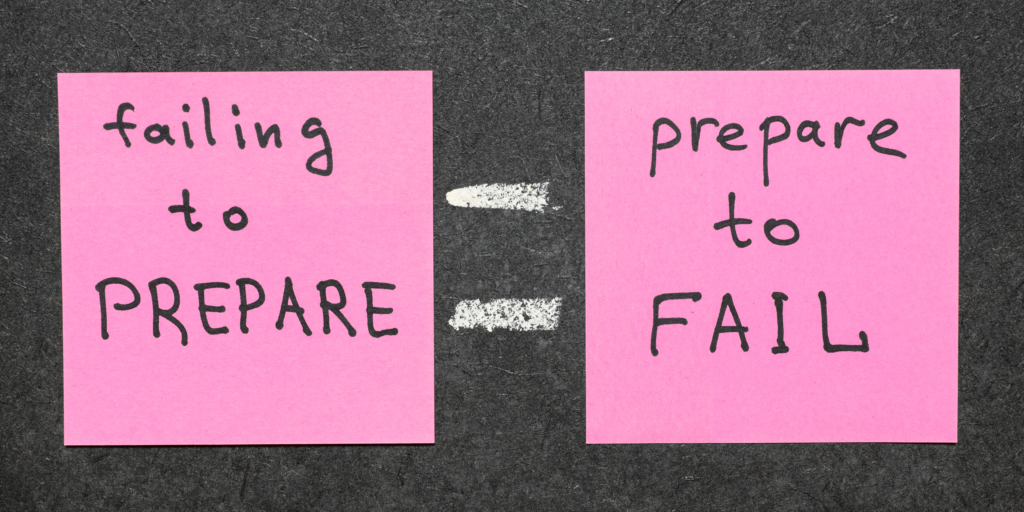
What it is
I was really excited to attend Distributed 2020, an online conference about remote and distributed work life. It ran from October 13th to 15th and it was hosted by Miro, a tool that I adore and use tirelessly for actual visual collaboration. It was a conference focused on all the good, the bad and the ugly of the distributed ways of working. There were quick chats, there were panels and in-depth conversations on certain themes. It was really a blast! I cannot recommend it enough. I am more than excited for it next year again!
Why I attended
I have experienced a lot of misunderstanding when trying to talk and ideate around visual collaboration and especially distributed collaboration for a while. I have been met with al sorts of disconcerting looks when people would ask if I meant sketchnotes or using stickies. Even though these are part of the suite, I had been inspired by books such as Draw to Win and Visual Meetings and have long shifted my language from the verbose “I talk at you” to the “let’s build the conversation together”, especially because I am a big fan of the From the Back of the Room approach for anything.
That was my main motivation: folks in Distributed 2020 would be a mix of expert and enthusiasts on the theme of remote work and distributed collaboration. For once I would be able to commune as opposed to explain myself!
Events to segway
The Remote Forever Summit will take place from November11th to 17th, right before the Agile Tour MTL 2020! It will be a great continuation of the conversation of the panel with Molood Ceccarelli, who introduced so many pearls of knowledge in the conference. She is an Agile Coach and she operates fully remote.
I love hearing those stories, because ever since I was a young developer in early 2000’s it was such a no-brainer to operate distributed. It feels, however, that the past decade tried to shift us strongly back to co-location which hosts a number of advantages, but is just rather incompatible with the culture of being globally present and hiring the best talent that most companies _big or small_ have adopted.
Thoughts on remote work and culture
I would start with the distinction that working remote does not mean working from home. Those are two different things. Working remote is working from anywhere where you feel comfortable and productive. And the distinction is important because digital nomads are people who work from anywhere in the world. Before you had to take a sabbatical to discover the planet and then come back to work. Now, people just travel everywhere and continue producing anywhere their internet allows them to. This is a major culture shift and in order to onboard such people companies have to have remote working as a value! Remote working speaks of freedom, speaks of different working hours and speaks of diversity and difference as an asset. It is therefore impossible to replicate the location-based approach to remote life and hope this will satisfy the workers, even those used to work from the office everyday. Companies that truly support remote work have to develop new ways of working in order to allow for amazing work to happen.
And what is this amazing work? Productivity and value production! Remote working needs effectiveness in everything you do: communication, tools, process. People do not have 8 hours in the same space to chat. They have interrupted small bits of time and they have to make the best use of them. That implies tons of asynchronous work. That implies self-documented meetings and a vast use of collaboration tools such as Miro and Trello. People have to be crisp, precise in how they speak and sharing information. The better they do, the better they align. The better they align, the more autonomy they have, and therefore team members can operate independently, knowing they are producing in the expected direction.
In all this, many well intended companies attempt it in a not so great direction: they make all the effort for people to collaborate, forgetting that collaboration is not just plain talking and most importantly, that collaboration is a means to an end. The goal is to create value: communicating and collaboration are NOT the goals. So, in COVID times we observed a lot of extra meetings, a lot of talk (not necessarily communication) in an attempt to help people be more productive in the remote work. Yet it is less, more successful, better organized meetings what remote work needs. Otherwise folks spend the work day in meeting and have to use their personal time to actually produce valuable work.
My quick takeaways
If you are into quick takeaways, here is what my brain has come up with after the event. Some of those are not new, but I solidify them to the point of no compromise:
- Less, more focused meetings. Be concise. Be precise.
- Pause often. Give silence an opportunity for people to digest words and think .
- Turn your camera on: a lagging weird video is better than no image at all.
- Create virtual spaces in which everybody can collaborate, not just the talkative ones.
- Create new rituals to make the remote work life its own thing. Memes, boards, new ways to start and end meetings.
- Use the tools to your and your team’s advantage. If it is an impediment, replace it with something better.
A word on the future of remote work
The pandemic is just a phase, it will not live on forever, thankfully. But the remote work will remain. Now, very few companies will be bold enough to abandon real state and transition to a model of 100% remote. And therein lies a challenge:
Companies that will adopt a hybrid mode will only be successful if they first tried and adapted in a 100% remote work model. What does that mean? Those are companies who understood and solved the problem of INFO inequality. Which means some folks are in the office and have a board and a chat and some individuals are on the phone, don’t see people’s faces, don’t see the board. They are falsely included in the conversation and can barely contribute. This is as unhelpful as it is frustrating and only companies that are ready to abandon the “privilege” of colocation will retain the most talented people. It is not a bashing on colocation, which have been something I prefer. But just a wake up call that the reality has permanently shifted. No company resides in one office only.
Teams will have to understand that having remote peers mean translating the whole experience: the meeting tools have to be online for everybody, the camera in every computer has to be on. Being fully colocated and acting as such will become the exception in successfully distributed companies. There is not much room for the old, unpopular “mixed” mode.
The biggest challenge with this? Changing a culture! While leaders scratch their heads trying to design the perfect culture that embodies these elements, they forget that you cannot create a culture. You can instate Values and live by them. Really live by them. And if you do, that is what generates your culture. Value is the input and Culture is the output. So how leaders really reinforce and reward on values in order to generate the culture that aligns with it. For remote work and for anything else.


